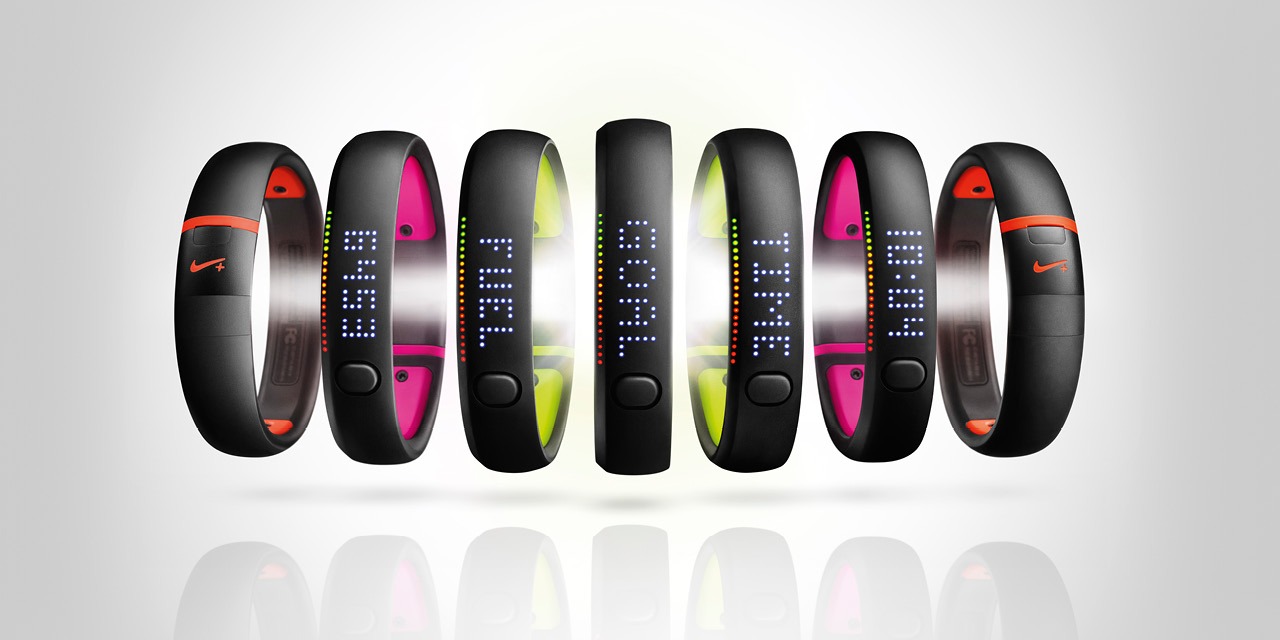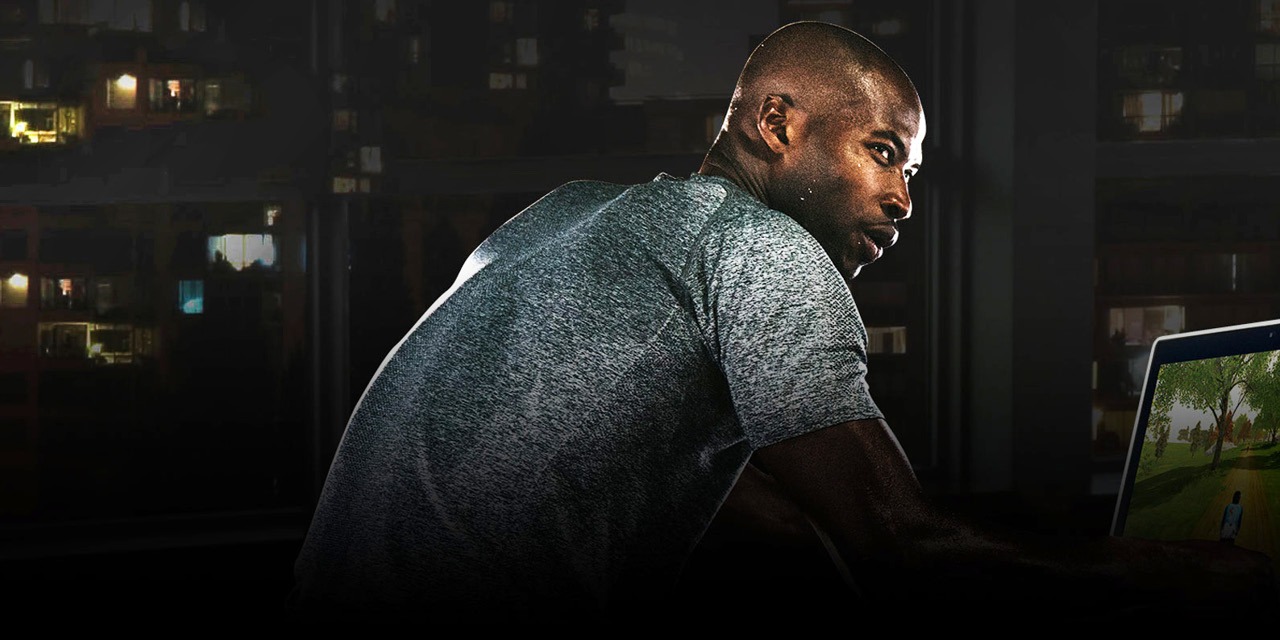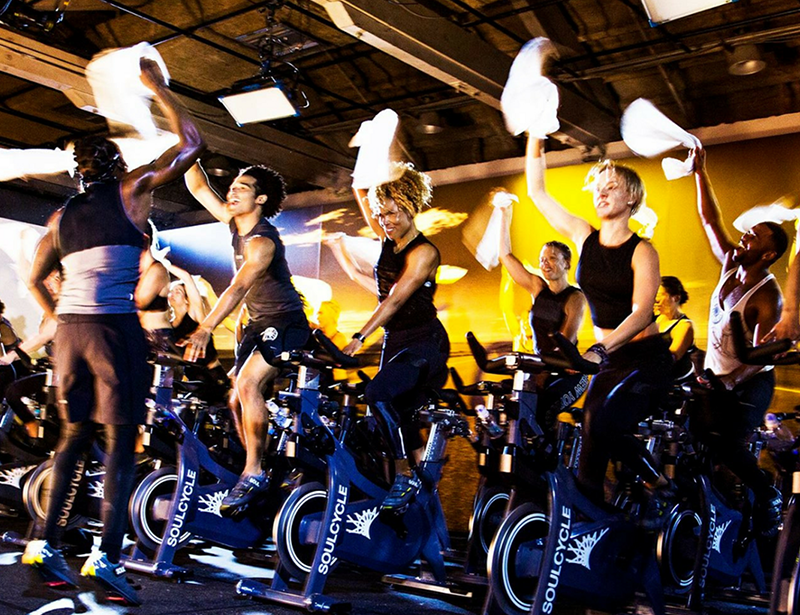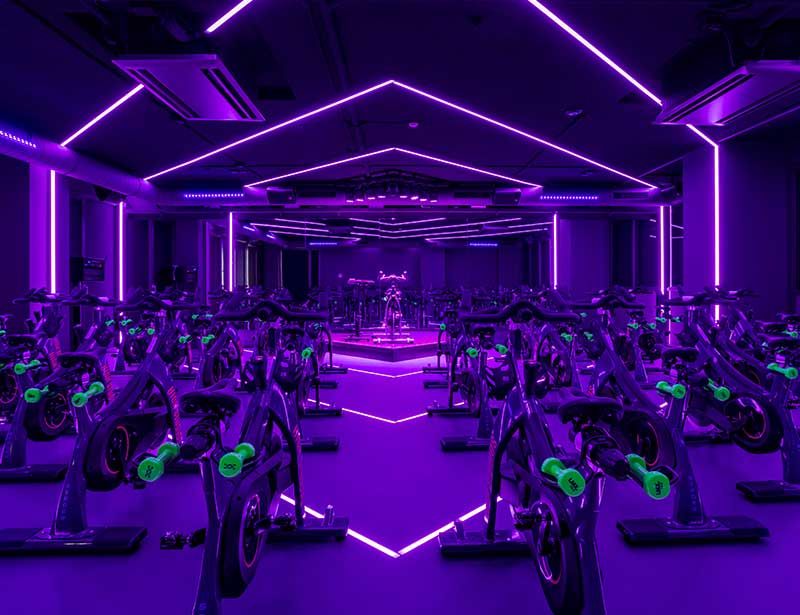Fitness Technology
Jeff Veldhuizen
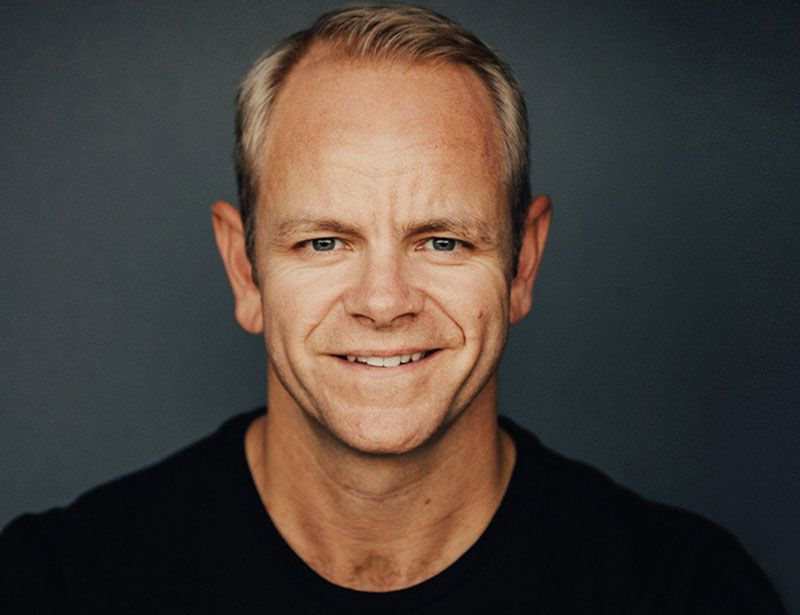
Jeff what drove your career path?
I grew up in rural Canada, in a farming family, but my mum always worked in women’s fashion. I used to help her, so from my early years, I always felt a level of comfort and familiarity around retail. The other thing I was always really into was technology, going back to the days when my brother and I would collect AOL CDs from our neighbours (who didn’t want them back then) so we could get free internet!
“I DEVELOPED MY PURPOSE AT NIKE: TO CONNECT PEOPLE TO GREAT PRODUCTS THAT HELP THEM LEAD HEALTHIER LIVES”
– JEFF VELDHUIZEN
I went on to study at an Ivy League school, but the thing that taught me what it was to have a real passion was snowboarding. I started off skateboarding, in fact, but living in Canada with all that snow… snowboarding was the logical progression. It got to the point I couldn’t wait to hit the slopes every weekend.
It was only later I’d figure out how to find this same passion for my work. I started out in civil engineering for three years before leaving to compete in and teach snowboarding. While I was still competing, I took on a role in grassroots marketing for Gatorade and my entire career direction changed.
Then crunch time came: did I become a pro-snowboarder, or did I accept I was unlikely to make it big and build myself a career? I chose the route of taking my passion and putting it into my career. I realised that passion was marketing, and in particular realised I enjoyed being around athletes. The drive and the dedication athletes have… all of that was incredibly inspiring to me.
From Gatorade, I worked in advertising for a few years to build my marketing bag of tricks, then moved to Best Buy in the early 2000s. While not directly related to my passion of sports, this role was all about becoming specialised in an area that was still nascent at that point: e-commerce. None of our team had really worked in this area before, but we launched BestBuy.ca and grew it to C$75m in the first year. I learned the strong balance that exists between art and science in e-commerce.
Tell us about your role at Nike.
Nike gave me an opportunity to move back into my area of sporting passion, now armed with a strong and specialised skillset: the ability to create personalised connections with consumers online, as well as a really strong branded commerce experience.
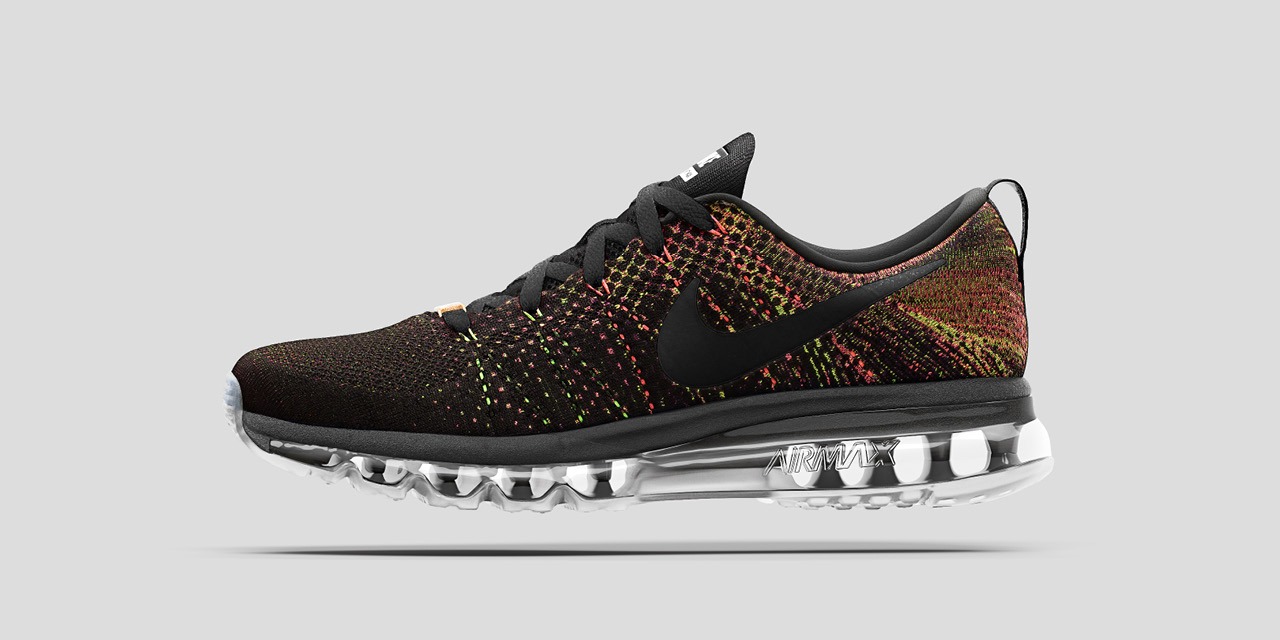
Over the next 10+ years with Nike, I helped take its digital commerce experience from a pet project of US$100m to a US$2.6bn world-class e-commerce business.
At the heart of this was a focus on understanding the consumer: talking to them, observing them in their environment, watching their shopping behaviours in physical Nike stores, being curious as to how we might better serve them. Combined with our digital insights – information around how they were exploring and interacting with our digital world – we built a very strong data set that allowed us to both shape what we were doing online and secure more floorspace in stores.
We’d drill down into our various customer profiles – understanding the ‘sneakerheads’, just as one example, who collected our sneakers and who were very digital- and app-focused – and sharpen our focus around them. We’d then take that data and slice it by city and zip code to understand where our distinct customer types were, so we could localise our store-based assortments around them. This thinking was ultimately the basis of Nike Live.
And then you joined Zwift…
At Nike, I developed my purpose: to connect people to great products that help them lead healthier lives.
Around the world, there are over 2.2 billion people who suffer from some form of obesity. I started to ask myself how we could impact that a bit more. Zwift was all about getting more people more active more often, which really resonated with me. I felt it was doing something really cool by making fitness fun for competitive and enthusiast cyclists.
I’d spent some time working with AR and VR at Nike and really enjoyed the idea of taking that into fitness, so Zwift was a real technology passion play for me. We set out to create a whole new sporting category, which we defined as ‘indoor cycling’.
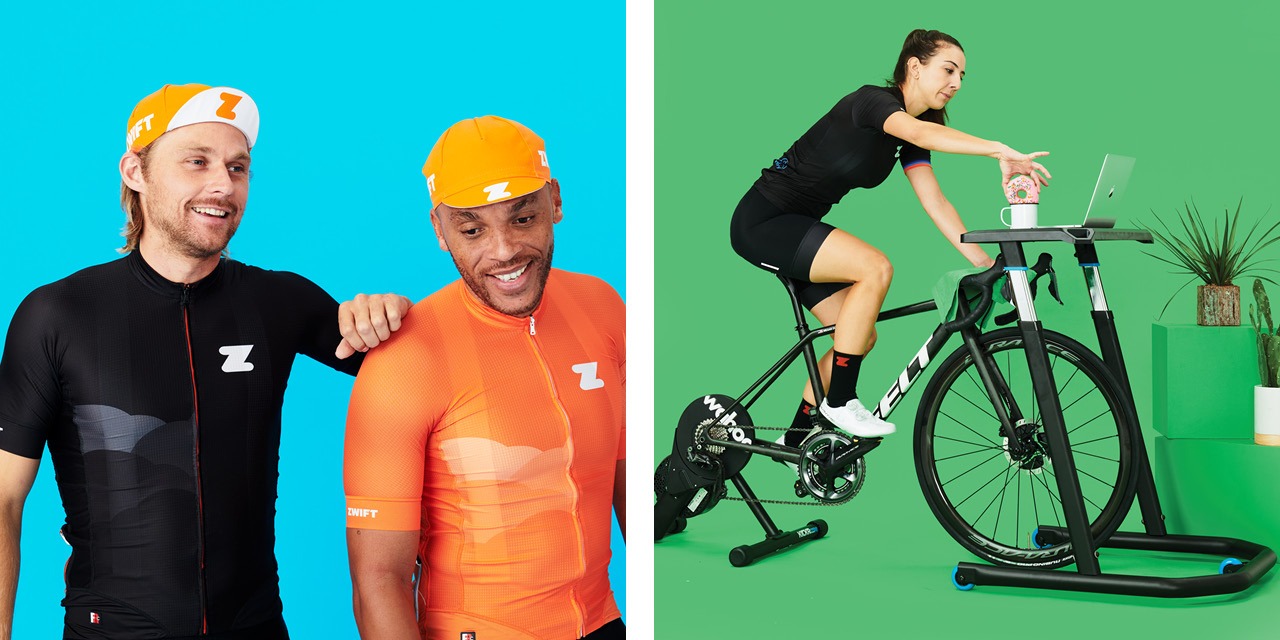
One of the big lessons we learned: when you’re coming up with something new and different, it’s really hard to get consumers to come along with you based purely on the visualisation of what you’re talking about. It’s much easier to get them on the bike and just say to them: ‘Try it, immerse yourself.’
It’s public knowledge that Zwift is working on its own hardware, so it owns the full ecosystem
My role at Zwift ultimately centred on a marketplace strategy where I was responsible not only for the end-to-end global e-commerce function, but also our network of bike shop partnerships.
We built out the direct-to-consumer (D2C) e-commerce function from scratch, taking it to 35 countries, four languages and three distribution centres in about 18 months.

I’m also really proud of the retail pop-up we created at the World Cycling Championships in Harrogate. The engagement we had with our customers was off the charts. These were people who loved our platform, but it was the first time they got to actually meet people who worked for the brand. We heard so many stories – people who’d gone from being overweight to being addicted to Zwift, people who’d met on the platform and were now friends in real life. It was a great experience and taught us so much about trialling and the customer journey.
At the time, we were selling other people’s hardware – Wahoo, Tacx, Elite and so on – and packaging this up with a Zwift subscription. It’s public knowledge that Zwift is now working on its own hardware, though, so it owns the full hardware/software ecosystem.
What fuels your passion for D2C?
D2C is a combination of understanding who your customer is, being able to create a personalised experience for them, and delivering that in a really creative way. What I love about it is that you have so many different facets of big business all playing together. It’s almost like a mini-business within a larger company and strategy.
It’s also immediate, and – if you consider the number of people who come to your website on a daily basis – the largest door any company typically has. The opportunity to create a really strong brand connection straight out of the gate is amazing.
From there, you get people deeper into the experience, more engaged with the brand and connected to the product stories. You help them understand how your product can solve their challenges and fit with their training goals. You help them purchase, understanding what reassurances they might need in order to do so, and you make sure the journey doesn’t stop there.
In fact, purchase is where the journey really begins. At Zwift, we would hand-hold them all the way to their first ride because we knew the customer journey starts and ends with advocacy.
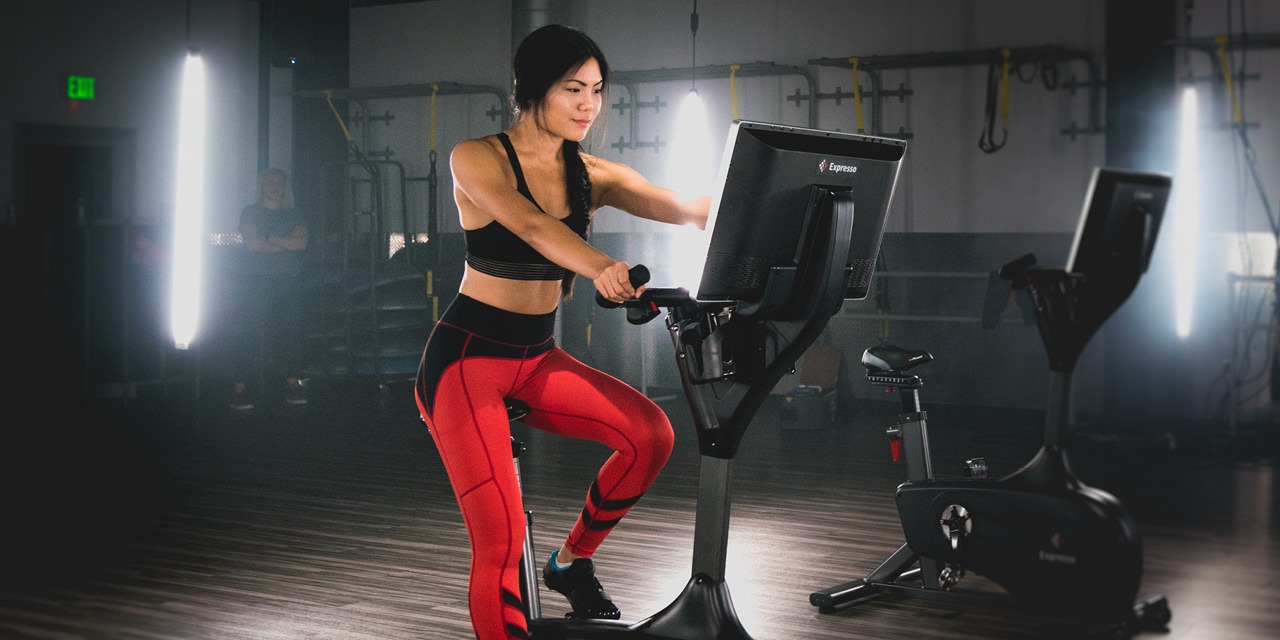
How are you applying your skillset at Expresso Fitness?
Expresso brings me even closer to my purpose, in that – by manufacturing products for the mass market, rather than the niche we catered to at Zwift – it allows me to harness my passion and expertise to lead an even greater number of people towards a healthier life.
For many people, fitness is hard and they struggle to commit. I believe connected, gamified fitness can help. It makes fitness more fun, more enjoyable, less of a chore. It motivates people to keep going, because it’s less about the end result – weight loss or fitness, for example – and more about an addictive journey. It’s why Expresso already has over 3 million registered users globally, and an NPS of 80+.
Of course, the roots of Expresso Fitness lie in B2B, with 7,000 points of presence across North America, from health clubs to YMCAs to college gyms to multi-housing facilities. We’ll continue to strengthen this B2B offering, but we’re also going to be building out our D2C arm with the launch of a new smart bike in Q3 of this year, and possibly a company rebrand in the process.
Data shows that cycling is more popular than spinning by a factor of 50 or 100, so we wanted to create a bike that was flexible enough to cater to all interests within the modern fitness family – a family where one member might be a road cycling enthusiast wanting to train indoors during the week, another might like studio cycling, and the kids just want to be entertained.
Fitness isn’t a ‘winner takes all’ market. Everyone has different exercise needs.
What we’ve created is a bike where the steering and flywheel can be either fixed or free, with the bike automatically selecting the appropriate setting based on the programme you’ve chosen. For an instructor-led on-demand spin class, the handlebars will be fixed. If you’re cycling through one of our virtual worlds, you’ll be able to steer and shift gear to mirror the experience of riding an outdoor bike.
This is a competitive marketplace, but we have a big fan base already and a proposition that goes beyond those seeking instructor-led workouts. Plus, fitness isn’t a ‘winner takes all’ market: everyone has different exercise needs, and every individual seeks variety.
How do you create your content?
We produce our content using Unreal Engine, which is the game engine used by Fortnite. We have hundreds of miles of interactive roads that take you through a series of virtual worlds. Alternatively, you can take part in fun HIIT games where you collect coins and chase dragons, for example. Meanwhile, for our instructor-led studio classes, we’ve partnered with Studio SWEAT onDemand.
The gamification part of what we do is absolutely key to making the experience addictive. That means achievements, such as badges and progressing through the levels of a game. It means harnessing the immersive power of avatars and storytelling around our maps and workouts. And it means building a social aspect whereby people are part of a team, or else competing against others – sending a ‘ghost’ of their ride to their friends to race against, for example.
It can even mean feeling part of something bigger, with our partnership with the YMCA a great example. Every year, over 1,000 Ys across the US take part in a rally – points and leaderboards included – to raise funds in support of under-privileged families in their local communities, funding swimming lessons for the kids or gym memberships to get the families active.
What’s exciting is that using Unreal Engine means the content we have now is just the beginning: we have access to millions of developers and creators who also use it, so we can scale rapidly. We’ll continue to bring out new and exciting content, speaking to
customers and analysing the data to determine what’s most important to them and their
fitness needs.

What is the future of indoor cycling?
There are several mega-trends going on right now. The shift to at-home is one, whereby the consumer – not the gym – will be at the centre of the ecosystem moving forward. Gyms need to be ready to service the customer however and wherever they want to work out. Our strategy is to put our product in as many places as possible, with users able to log on to the same account whether they’re using their home bike or cycling in the gym.
There’s also a huge boom in cycling, to the point that if you’re trying to buy a bike – and particularly an e-bike – you’re probably going to be on a waiting list. This creates a tailwind for what we’re doing, too.
And then there’s the growth of personalised, gamified communities, which is a hugely important trend. You just need to look at what the youth are doing, at what’s influencing them today, to understand where the energy is and what will be coming through in the future.
Game design is an integral part of society now,
powering engagement
and imagination
The at-home fitness market is, according to 2020 data from IHRSA, about a US$100bn market. Video games, meanwhile, represent a US$175bn market. Game design is an integral part of society now, powering engagement and imagination. Just look at Fortnite, Pokemon GO, Discord, Minecraft, Roblox – games in which entire virtual worlds exist with their own communities, their own currencies, where you jump in and become someone else entirely.
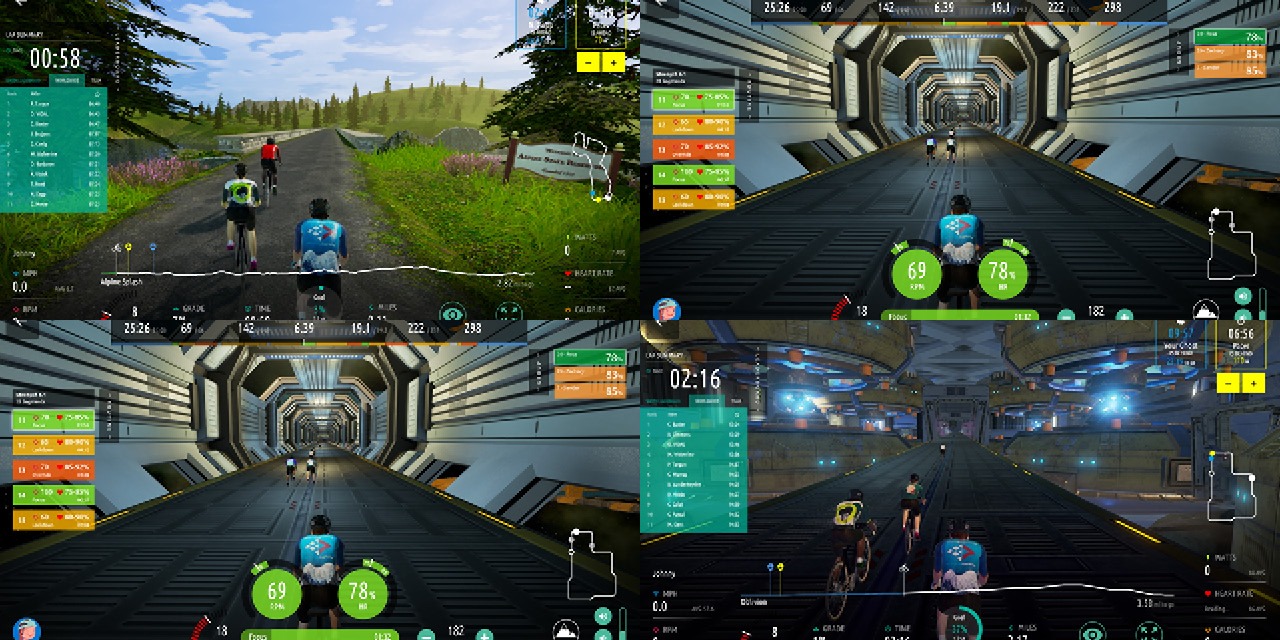
We’ll see much more of this over the next five to 10 years as the big tech players race to
create their own immersive Ready Player One-style metaverses, merging the physical and online worlds in ways we’ve never seen.
The big opportunity I see is that, if you think about the intersection points between at-home fitness and gamification, it seems to me there’s some overlap. You already have a few fitness examples – Zwift, Quell, Ring Fit, Expresso – but fitness will connect more and more into this space and that’s where we’re going. Imagine, for example, using your bike rather than a joystick to control the game. The future of fitness – and indoor cycling within that – is a convergence of fitness, equipment and the metaverse.

Conceived, powered and funded by BODY BIKE®, RIDE HIGH has a simple mission: to celebrate and champion the very best of indoor cycling, sharing ideas, stories and experiences from around the world to inspire the sector on to even bigger and better things. Subscribe for free by leaving your details below and we'll send indoor cycling's hottest news direct to your inbox three times a year.

